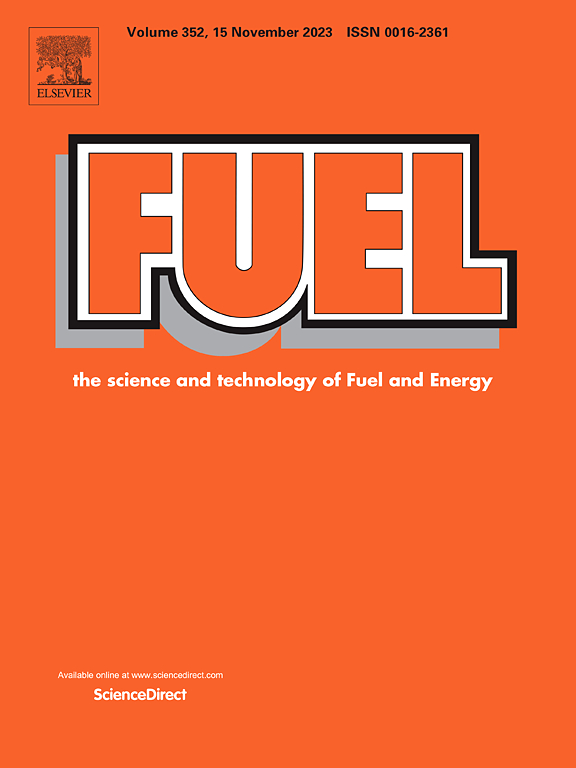Unveiling the influence of asphalt on the thermal storage behavior of microencapsulated phase change materials through non-isothermal crystallization kinetics
IF 6.7
1区 工程技术
Q2 ENERGY & FUELS
引用次数: 0
Abstract
The melting and crystallization of phase change materials (PCM) are crucial processes for their functionality. Understanding their kinetic behavior is significant for guiding material design and promoting applications. This work analyzes the thermal storage kinetics of three systems—paraffin, hybridized microencapsulated phase change materials (HMPCM), and modified asphalt with HMPCMs (HMA)—under varying heating/cooling rates, temperatures, times, and environmental conditions. The effectiveness of HMPCMs in regulating the temperature of asphalt is also validated. The temperature regulation results indicate that the maximum temperature difference between the HMA and the matrix asphalt can reach 8.4 °C, demonstrating good temperature control effectiveness. Results from the non-isothermal crystallization kinetics reveal that HMPCMs provide heterogeneous nucleation sites for paraffin, thereby promoting its nucleation. However, HMPCMs also restrict the growth region of paraffin molecular chains, hindering crystal growth. Additionally, asphalt significantly impedes the nucleation and crystal growth of paraffin. The mechanism by which asphalt hinders paraffin crystal growth can be explained through the interfacial thermal resistance effect. The differences in material properties between asphalt and HMPCMs decrease the thermal conductivity at the two-phase interface, reducing heat transfer efficiency. This leads to a decrease in paraffin crystallization efficiency and lowers the liquid–solid phase transition temperature, ultimately delaying paraffin crystallization. Results on crystallization activation energy imply that encapsulating paraffin and incorporating it into asphalt diminish the mobility of paraffin molecules, which ultimately results in a reduction of the melting/crystallization enthalpy of the phase change material.

求助全文
约1分钟内获得全文
求助全文
来源期刊

Fuel
工程技术-工程:化工
CiteScore
12.80
自引率
20.30%
发文量
3506
审稿时长
64 days
期刊介绍:
The exploration of energy sources remains a critical matter of study. For the past nine decades, fuel has consistently held the forefront in primary research efforts within the field of energy science. This area of investigation encompasses a wide range of subjects, with a particular emphasis on emerging concerns like environmental factors and pollution.
 求助内容:
求助内容: 应助结果提醒方式:
应助结果提醒方式:


